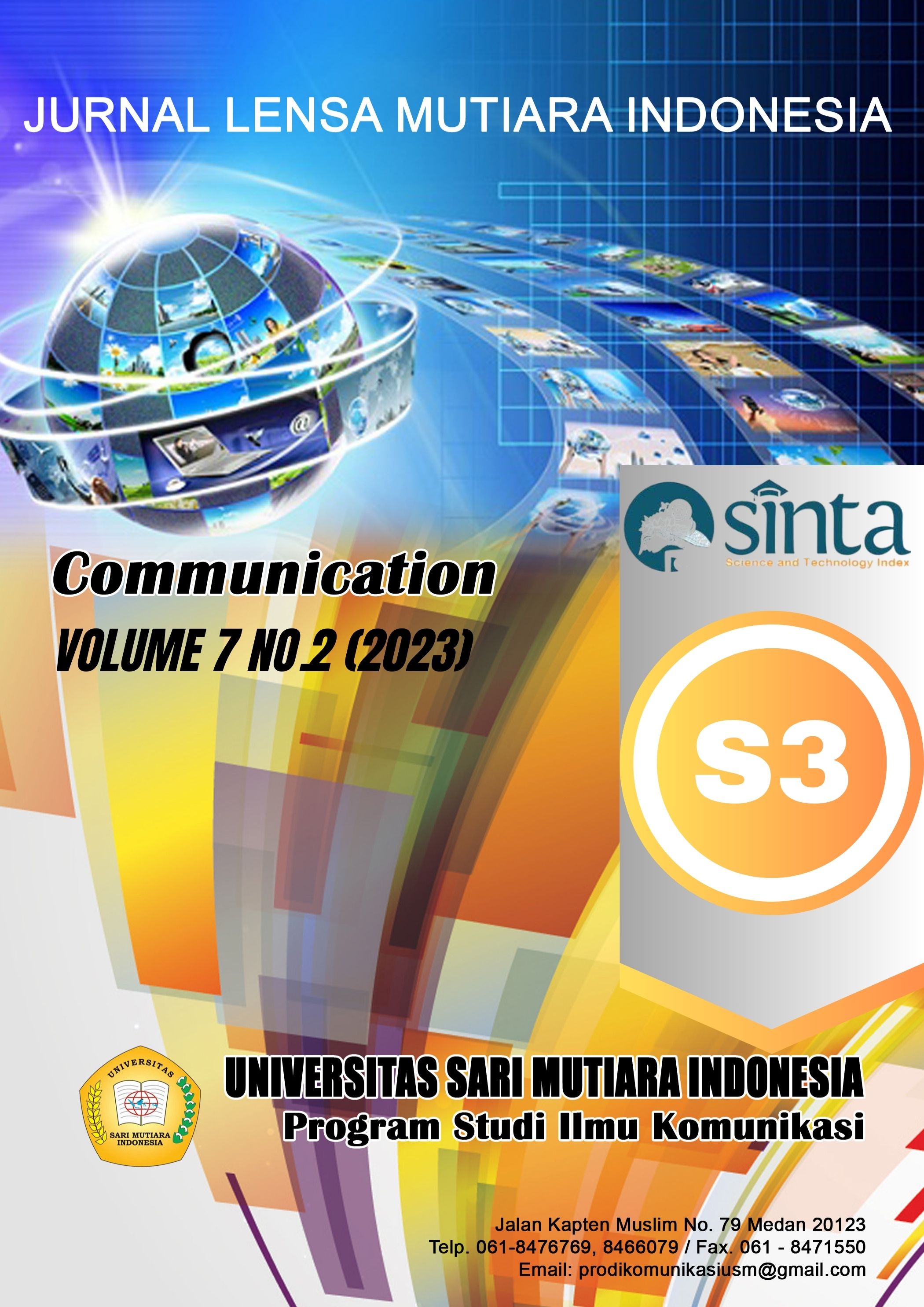Eksistensi Radio: Tantangan dan Peluang di Era Digital dan Post-Pandemic COVID-19 (Sebuah Pendekatan dengan Metode Tinjauan Literatur Sistematik)
Main Article Content
Abstract
Radio became an actor in the development of digitalization of technology, which began with the arrival of the internet. The existence of radio is questioned during the emergence of internet-based technology, one of which is due to the view that sees radio as something old-fashioned and difficult to adapt to changing times. However, the fact is that radio today still continues to survive even during the COVID-19 pandemic, radio listeners globally and in Indonesia have increased. This is a turning point in the rise of radio listeners. This paper looks at how radio can maintain its existence and what the radio industry should do in the midst of the digital era and after the COVID-19 pandemic by using a systematic literature review (SLR) with the Reporting Items for Systematic Reviews and Meta-Analyses (PRISMA) guidelines. This approach is carried out by looking at, analyzing and comparing a number of studies from international journals that have been published and related to the topic discussed. The results show that radio still has a future, both public and community radio. Radio still has a great opportunity to continue to grow. The study used in this paper shows that radio still has a bright future if it emphasizes the quality of programs and the affordability of media technology.
Downloads
Article Details

This work is licensed under a Creative Commons Attribution-NonCommercial-ShareAlike 4.0 International License.
References
Backhaus, B. (2022). ‘Just like us’: community radio broadcasters and the on-air performance of community identity. Continuum, 36(4), 581–594. https://doi.org/10.1080/10304312.2022.2060938
Busolo, D., & Manalo IV, J. (2022). A Review of Community Radio Literature in Developing Countries from 2010 to 2020. Journal of Radio and Audio Media, 00(00), 1–18. https://doi.org/10.1080/19376529.2021.2023536
Darmanto, Masduki, & Wiryawan, H. (2022). Radio Broadcasting and Indonesian Nationalism: During the Last Decade of Dutch Colonialism. Journal of Radio and Audio Media, 29(1), 104–119. https://doi.org/10.1080/19376529.2022.2035730
Delport, M. (2021). “You Should Rather Return to Your First Job.” The Self-efficacy Beliefs of Radio Personalities. Journal of Radio and Audio Media, 00(00), 1–18. https://doi.org/10.1080/19376529.2021.1986046
Fadilah, E., Yudhapramesti, P., & Aristi, N. (2017). Podcast sebagai Alternatif Distribusi Konten Audio. Jurnal Kajian Jurnalisme, 1(1), 90–104. https://doi.org/10.24198/kj.v1i1.10562
Fernández-Sande, M., & Rodríguez-Pallares, M. (2022). Big data in radio broadcasting companies: applications and evolution. Profesional de La Informacion, 31(5), 1–17. https://doi.org/10.3145/epi.2022.sep.16
Hirschmeier, S., & Beule, V. (2021). Characteristics of the Classic Radio Experience Perceived by Young Listeners and Design Implications for Their Digital Transformation. Journal of Radio and Audio Media, 28(2), 231–253. https://doi.org/10.1080/19376529.2019.1652911
Menon, D. (2023). Reclaiming the Airwaves: Exploring the Motivations for FM Radio Listening during COVID-19. Journal of Radio and Audio Media, 00(00), 1–21. https://doi.org/10.1080/19376529.2022.2145480
Oramahi, H. A. (2012). Jurnalistik Radio Kiat Menulis Berita Radio. Erlangga.
Prahmana, R. C. I., Hartanto, D., Kusumaningtyas, D. A., Ali, R. M., & Muchlas. (2021). Community radio-based blended learning model: A promising learning model in remote area during pandemic era. Heliyon, 7(7), e07511. https://doi.org/10.1016/j.heliyon.2021.e07511
Singarimbun, K., Karlinah, S., Darwis, Y., & Hidayat, D. R. (2023). Indonesian radio business model: radio network. Journal of Media Business Studies, 20(1), 93–108. https://doi.org/10.1080/16522354.2021.2024983
Van den Broeck, W., & Jennes, I. (2023). A Field Trial of a Hybrid In-Car Radio Application. Journal of Radio and Audio Media, 00(00), 1–21. https://doi.org/10.1080/19376529.2022.2163492
